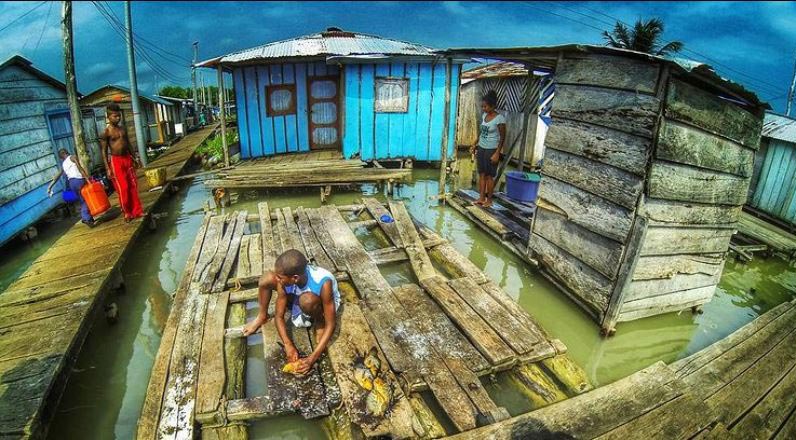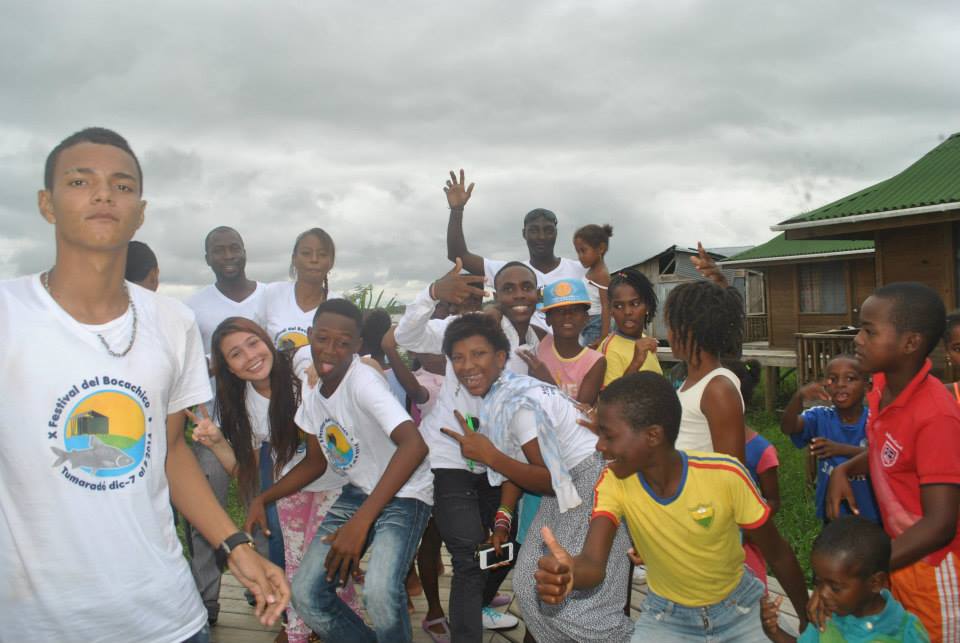A region of intercultural encounters
The Atrato river enters the Caribbean in Unguía and the paths meet of the Indigenous, African-descendent and Mestizo women and men who live in this area, which extends from the coasts of the Gulf of Urabá to the Darién highlands, where the border between Colombia and Panamá divides the ancestral land of the Gunadule people.
In this area, the Gunadule, Embera Dobida and Embera Katío peoples, who live in the Arquía, Tanela, Eyaquera and Cuti reserves, converge with the Black communities that live in the collective territories of Cocomaunguia. With settler farmers who have founded villages such as Gilgal and Balboa, cultural diversity frames the plurality of ways of conceiving and inhabiting the world.
Here, where the Gundale people have their origin, where the Spanish founded the first European city in the Americas, where the Clan del Golfo paramilitary group today controls the area and until recently a paramilitary block called itself Tanela like the river and reserve of the Embera communities of Loma Estrella, Ziparadó, Tumburrulá and Citará, histories of ancient and recent conflicts come together, which the diverse peoples of Unguía process on the basis of the ancestral knowledge that strengthens their ways of life, which are at risk.
In the trasmallo gillnets that the Black communities use to fish for bocachico, in the winis and protective molas that the Gunadule women wear and in the okama necklaces that adorn the bodies of the Embera Dobida and Katío women, the diverse communities of the municipality of Unguía spin their cultural identities and weave life through the arts of remembering.
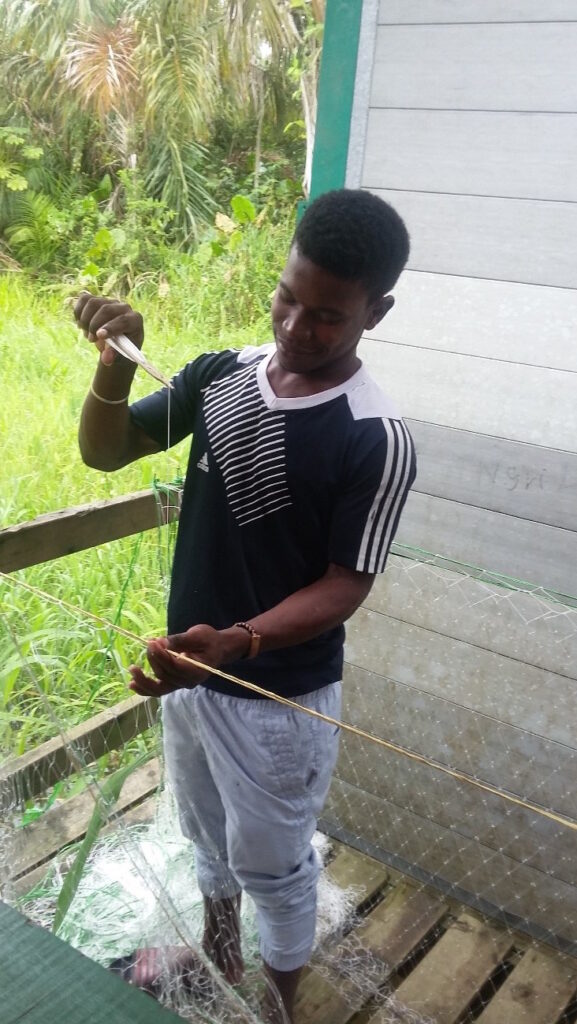
In the hammocks where Gunadule mothers give birth to their children, where the saglagan intone the sacred songs and the grandmothers sing arrullos to the children, the community of Magilagundiwala from the Arquía indigenous reserve sings the history of the Dule people.
The Gunadules’ memory pulsates in the sonorous bodies of the grandmothers who teach their granddaughters to stitch molas and with their voices intone the arrullo songs that initiate Dule boys and girls into the culture and history of their people.
Sitting in their hammocks, the saglagan intone the sacred songs of the babigala, which tell the history of the Gunadule ancestors and preserve the ancient and recent memory of Unguía in the ritual language that the argares translate and bring up to the present day in dulegaya. The therapeutic songs that the inaduledi intone to cure illnesses of the body and soul pulsate with the ancestral knowledge of nature with which the Dule people practice care for life and their surroundings.
Rooftop in the Mundo Nuevo village. Gilgal (Unguía), 2020. Photo: Vilardo Escobar
In the communal gardens where the Mestizo settlers of Gilgal harvest the seeds of their food sovereignty and on the rooftops where the Black women of Marriaga and Tumaradó sow aromatic and medicinal plants, the memory and hope for the future of the inhabitants of Unguía are cultivated.
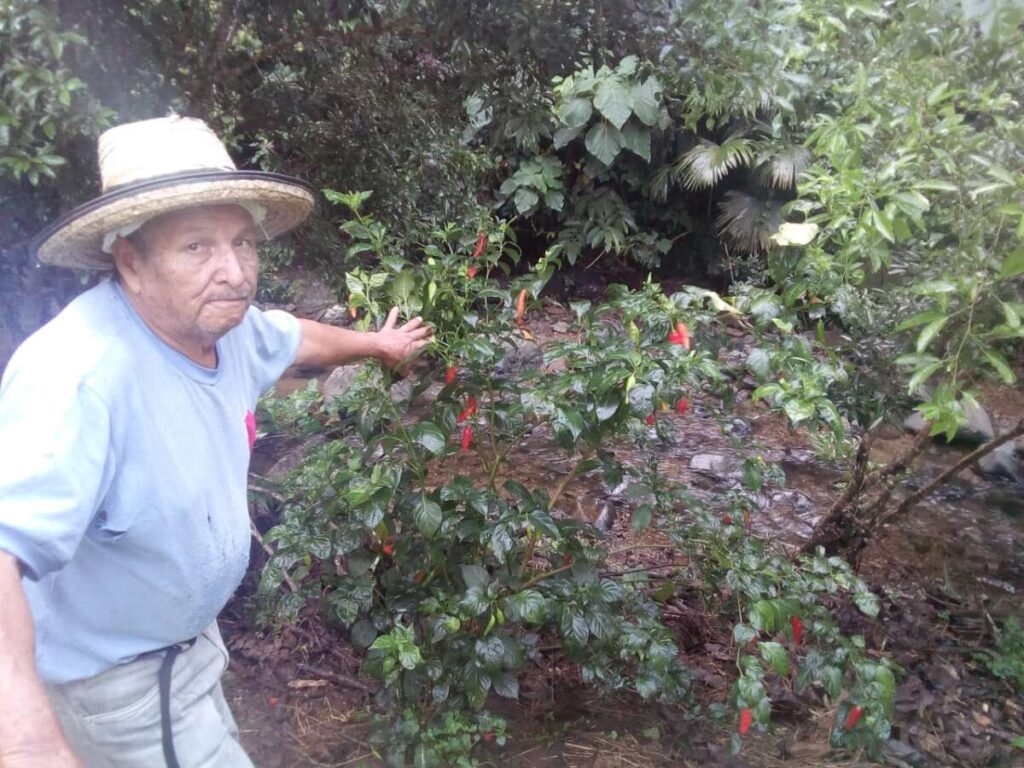
The ritual life of Magilagundiwala blooms in chilli and cacao seeds, in the roots of basil, achiote and other Gundale sacred plants that grow in Unguía.

With reeds and timber-yielding trees from the region the Gunadule build their homes and the onmagged nega the way Ibe Orgun taught them, while on piles over the swamps, where the fish that feed the people of Unguia live, the Black communities of Cocomaunguía have built colourful villages over the water like Tumaradó, El Roto and Marriaga.
The musical memory of Unguía grows in the bamboo and the fruit and seeds of the calabash that the indigenous Gunadule use to make the flutes and maracas that provide the melody and drone in the polyphony that moves the bodies of the men and women who dance the spiral of the universe.
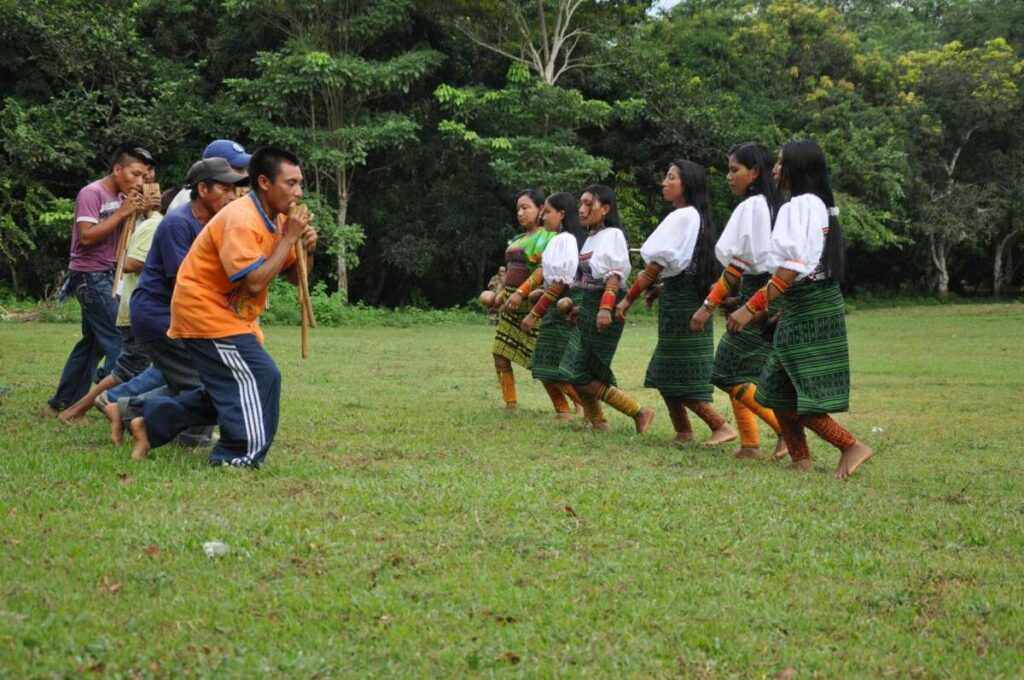
The ancient and recent memory of Unguía is deposited in the area where the paths of the different communities that inhabit it converge. On the banks of the Tanela river, where the Gunadule confronted Spanish colonisers, where the men and women trained to spread war throughout the Bajo and Medio Atrato by the Bloque Elmer Cárdenas of the AUC militia were demobilised, the strata of the earth hide traces of ancient and recent past that connect the diverse communities in one history of brutality and resilience.
Here, a site of living memory has been created where archaeologists and grave robbers, historians and local residents found the ruins of Santa María la Antigua del Darién, symbols of a past of discord and destruction between cultures. The diverse cultures of Unguía come together to the sound of the bullerengue and the rhythm of Embera drums and songs, Gunadule flutes and maracas, here in a space of intercultural encounters where community ties and collective identities are strengthened through dance, oral narratives and traditional games.
On the other side of the Tanela river, in the village of Gilgal where, at the end of the last century, a teacher and his students created makeshift cemeteries so that they could give dignified burials to the bodies of people, acquaintances and strangers, that they found lying in the street at dawn, residents of the different communities of Unguía now share their experiences of the recent conflict and construct their historical memory of communal work as a strategy of resistance to forced displacement.
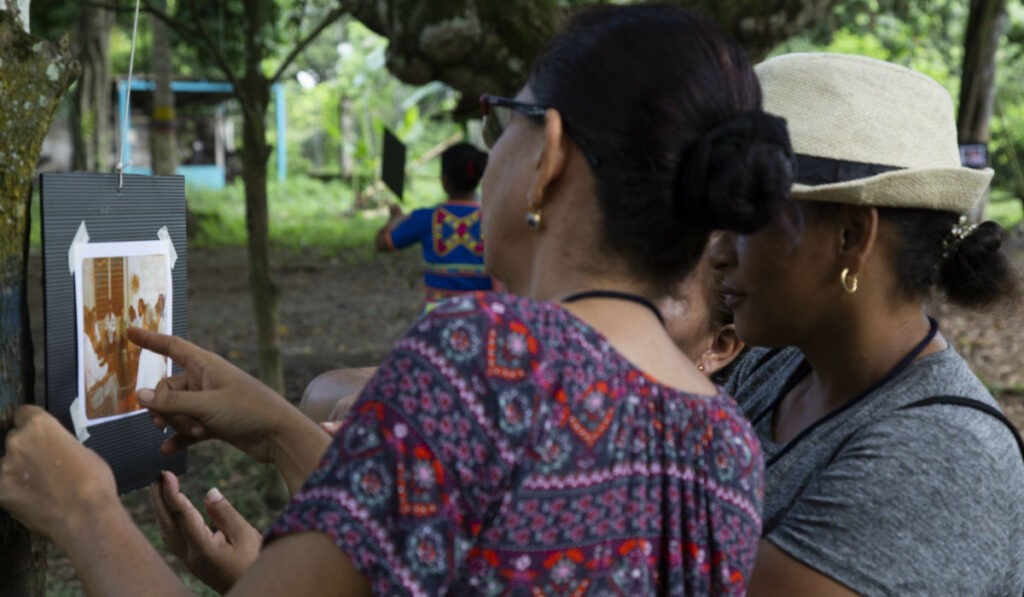
In the Arquía indigenous reserve, where the ancestral path that connects the Gunadule communities of Panama and Colombia remains mined by the warlords who silenced the musical bodies of five saglagan from Baya and Buguru, the traditional Guna authorities from the two countries organised the binational cultural Cantamos para no morir [We sing so we do not die] congress where the salgas of all of the Gundale communities came together to intone the sacred songs and reaffirm what unites them as a people and protects their common ancestral territory.

On the lower slopes of the cerro Dagarguna mountain, the sacred place of origin of the Gunadule people, the Magilagundiwala community resisted abandoning the Arquía reserve through songs and gatherings, a territory where the Gunadule people gives meaning to its culture and protects the galu, sacred places that within the layers of the Mother Earth guard the wisdom to live in harmony with nature.
Gatherings to strengthen community ties are also the strategy used by the Black communities that live in the swamps of Unguía, who come together every year in the Festival del Bocachico in Tumaradó to celebrate the tradition of fishing and eating the food from the swamps, the outflow from which forms the river Atrato.
The cultural diversity of the municipality of Unguía stands out in the name of another meeting place: the casa de las culturas or house of cultures, which are used for rehearsing by chirimía and dance groups, like caderas sin control, that animate the parties and events where the communities celebrate being together.



